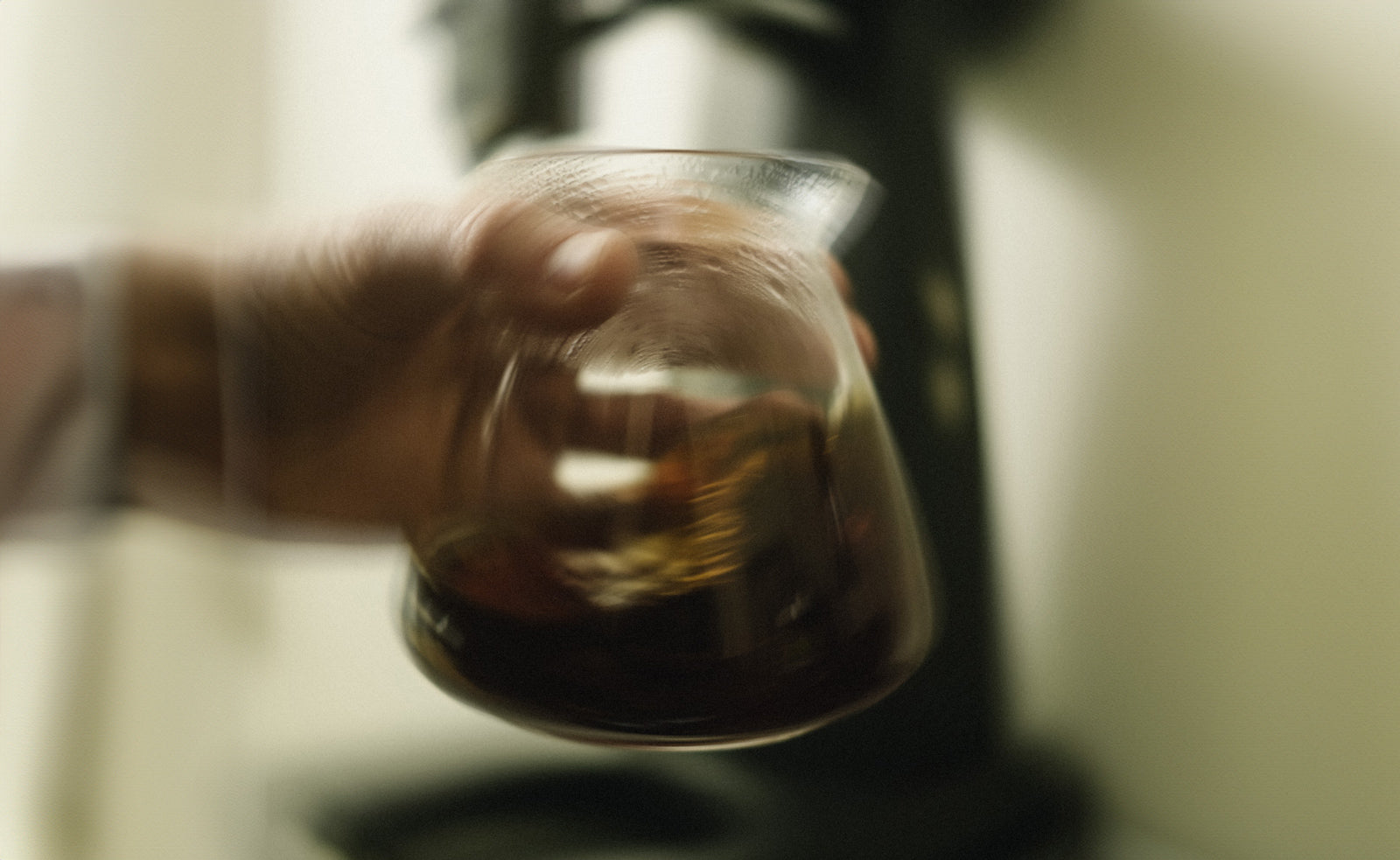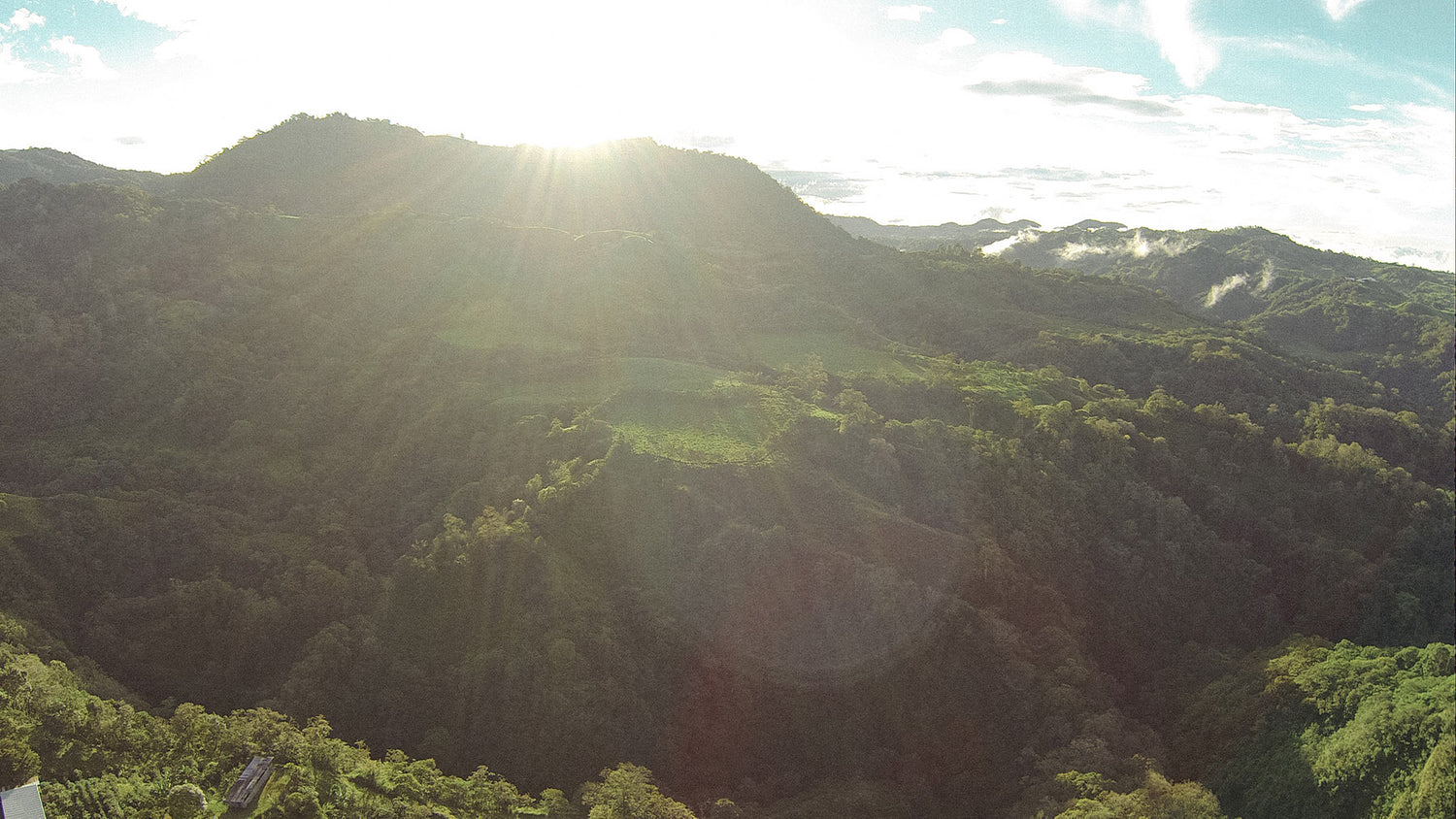That's bitter now! But it's also good.
Coffee and espresso contain bitter substances - they are actually an essential part of the drinks. This is why some people mix coffee or espresso with sugar, but it is also why many people do NOT mix coffee and espresso with sugar. The bitter substances, together with the sweetness, aromas and acidity found in coffee, contribute to an incredible taste experience. But where do they come from?
Bitter substances in coffee – what are these bitter substances
Coffee has bitter substances. That's good, but it can also be bad. Especially if too many bitter substances end up in the cup. For a long time, it was believed that the bitter taste came mainly from caffeine. That's not entirely true: scientists have discovered that most bitter substances are so-called antioxidants. Antioxidants are molecules that have a common effect: they protect the body from free radicals - certain metabolic products that are highly chemically reactive and would therefore damage other molecules in the cell. The basis of antioxidants is the chlorogenic acid contained in the green coffee bean. This is broken down during roasting, making the coffee easier on the stomach and more digestible, and is converted into antioxidants. These antioxidants are good for us, but they also cause a bitter taste.
Bitter substances in coffee – are they good or bad

The bitter substances in coffee have two aspects: taste and nutritional. Antioxidants can protect our cells from damage caused by oxidation. They can also support our nervous system and reduce the risk of certain cardiovascular diseases. In this respect, bitter substances or antioxidants are good.
As far as taste is concerned, the bitter substances in coffee are also important, but in the right amount or in the right balance with the sweetness and acidity present in the coffee. It is also clear that if something tastes too bitter, then we don't like it - especially because bitter is often a sign of something unhealthy or of poison in the plant. Bitter substances in the right amount in coffee are good because they round off the overall coffee package. If there are too many bitter substances in the coffee or espresso, then that is more of a negative thing.
There is an optimal extraction value for coffee and espresso, which is between 18 and 22% of the ingredients. This is when your coffee specialty tastes optimal. Of course, this is always a subjective matter: some people like it a little more bitter, others a little more sour, and a third person prefers it sweeter.
Bitter substances in coffee – depending on the roast
The roasting of the coffee bean is crucial for the content of bitter substances and thus for the bitter taste of the coffee. The following applies here: the darker a coffee is roasted, the more bitter its taste. This is because the bitter-tasting antioxidants are created from the chlorogenic acid present during roasting.
- Light roast: little bitterness, but often lively acidity (fruitiness)
- Medium roast: balanced acidity, sweetness and bitterness
- Dark roast: hardly any acidity, intense sweetness, more bitter substances
And here too, the roasts differ. Light is not always light, and dark also has several levels. Our roasts, for example, are lighter overall than those of many other roasters. With us, for example, you will never find a roast that is so dark that the beans are almost black (and therefore oily).
Bitter substances in coffee – how can I prevent them?
If you roast your coffee yourself, you can start avoiding bitter substances here. So don't roast it too dark. And if you don't roast it yourself, you still have a lot of influence on the bitter substances when preparing your favorite drink. As explained above, the darker the roast, the more likely you are to encounter bitter substances. But that doesn't mean that every espresso roast tastes absolutely bitter. There are also massive differences in quality on the market. Really black and therefore dead-roasted beans are more likely to be bitter bombs. However, they will also generally lack flavor. We're just going to assume that you've got good beans, maybe even ours.
Bitter substances in coffee – how they are formed
Whether you are making an espresso or filter coffee, bitter substances are extracted. Your job now is to prevent over-extraction, because this will extract more bitter substances from the coffee. What leads to over-extraction? Too much heat, too long a brewing time or too much coffee powder.
When you brew coffee or espresso, there are different extraction phases: acidity, sweetness, bitterness. That's why it's important not to extract for too long, because most of the bitter substances are created at the end. If you can change your temperature during the extraction, then it's worth using a lower temperature in the last extraction phase to release as few bitter substances from the coffee powder as possible.
Bitter Substances Coffee – Temperature Curve
There are a few portafilter machines that allow you to set a temperature curve for extraction. Like the machines from Heylo , for example. If you make filter coffee with a hand filter and kettle, you can set the right temperature for each extraction phase yourself. Of course, there is no general curve, as every coffee reacts differently and has different temperature requirements. One example is our Wilderer Espresso in the Heylo portafilter machine: starting at 93 degrees and slowly increasing to 95 degrees and then a sharp drop to 88 degrees. The high initial temperature reduces the acid extraction, in the second phase the sweetness and aromas are extracted from the coffee powder and towards the end it drops so that little bitterness is extracted.

Bitter substances in coffee – further preparation tips
A hint of bitterness is a must in coffee, but there are also preparation methods where you have a higher risk of your coffee becoming bitter. Here are a few pitfalls that you may encounter.
- French Press: it is best to pour the coffee into another pot immediately after the brewing process, otherwise the powder pressed down will continue to extract.
- Stovetop pot: Remove the pot from the heat as soon as a full, continuous stream emerges and serve it then. If the pot stays on the heat for too long, the coffee will become more bitter.
- Hand filter methods: do not grind too finely, lower the temperature slightly at the end.
- Portafilter: Do not grind too finely, use optimal extraction time.
- Fully automatic: Setting things like temperature, heat and time
Bitter coffee – who likes it?
An Australian study conducted by Jue-Sheng Ong from the University of Queensland in Brisbane and his colleagues a few years ago revealed an astonishing result. People who perceive bitter substances more intensely than others due to a certain gene variant drink more coffee than people who do not taste bitter substances as intensely. That is the short version of the study. The research team evaluated the blood values and questionnaires of around 430,000 people.
Bitter Substances in Coffee – Conclusion
The sense of taste is the first sense that develops in humans. It develops in the fetus in the womb, before we can see or hear. And that is important, because the sense of taste helps us later in life to determine whether food is spoiled or even poisonous. Particularly through bitter substances, because many natural poisons have a bitter aroma. But not everything that is bitter is poisonous: like radicchio or coffee. And luckily we also have the ability to distinguish between the two.
And according to a study from Australia, many coffee drinkers drink their brown gold precisely because it is a little bitter. But with coffee, too much is simply too much. So now you know how to avoid too much bitterness when making coffee. And that's a good thing.


